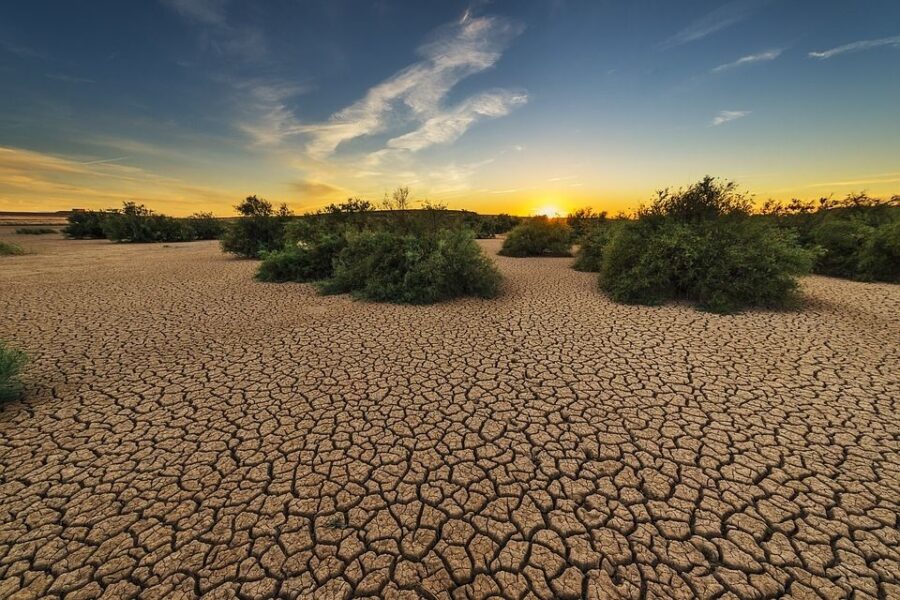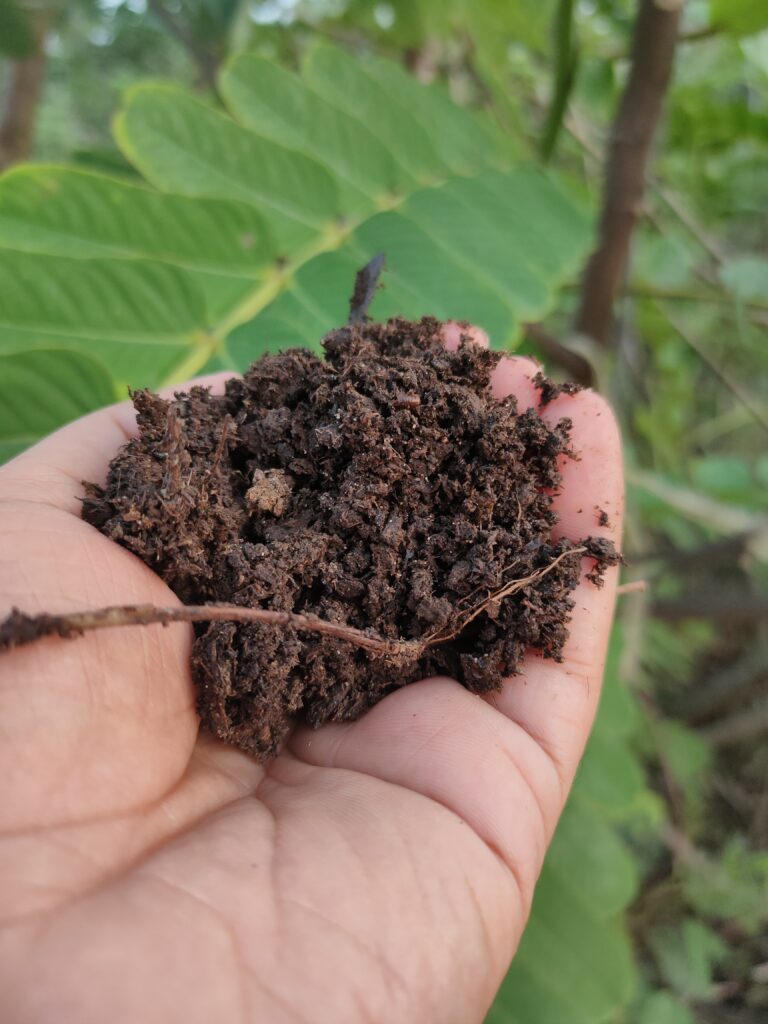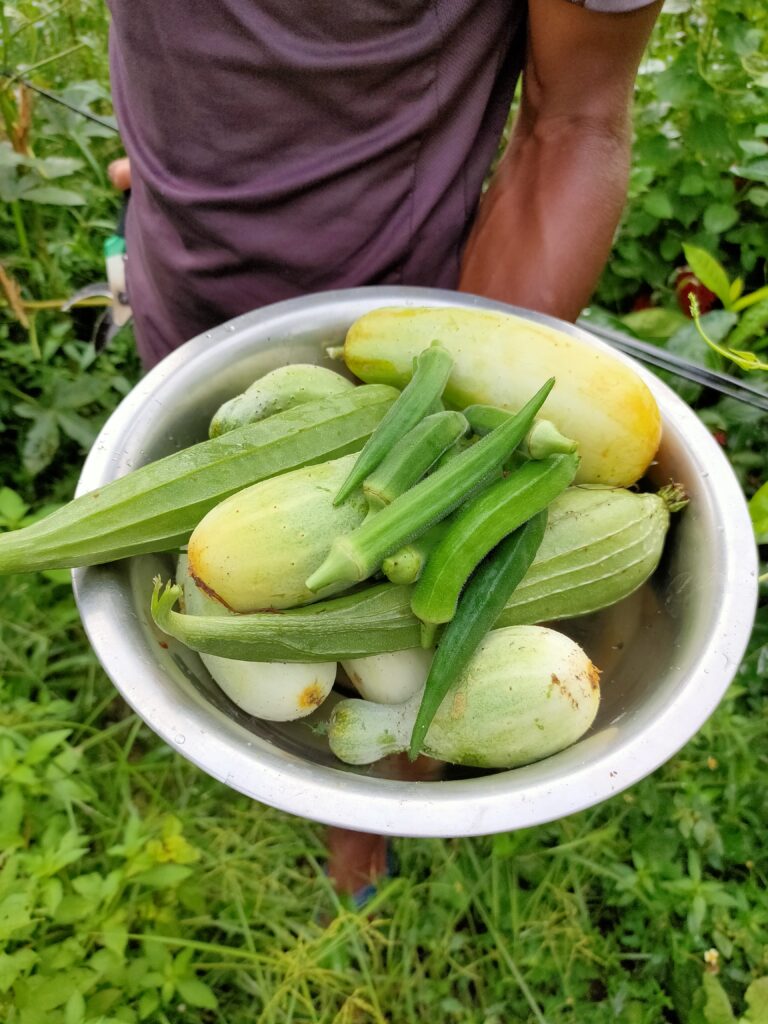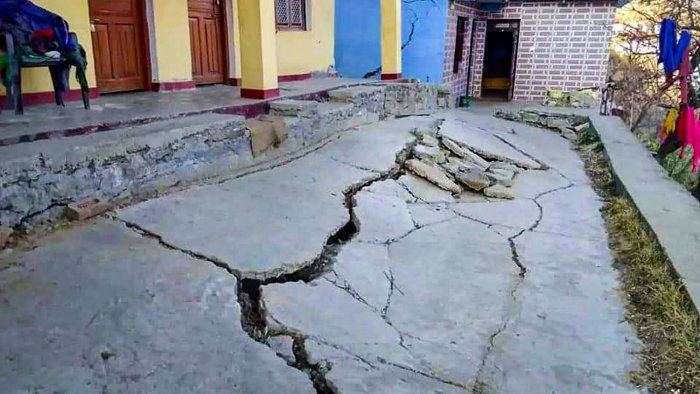


If this century were to be summarized in a sentence, it would probably be - “Breathless, and not in a good way.” Climate change and lack of adaptation to combat it, multiple wars, a pandemic, and global soil degradation (not to mention many others). Yes, the 21st Century is turning out to be pretty suffocating. Perhaps both literally and figuratively.
I will not harp on the ills that ail our society in this modern age since our scientists have been doing that for decades, and most people on planet Earth know about global warming. Whether they believe in it is a different issue, of course. However, a brief discussion on soil degradation is warranted since this will impact our way of life much sooner than any other phenomenon. Assuming we don't blow ourselves to smithereens with nuclear warfare before.
Most people, whether laymen or agricultural experts are unaware of the incredible wonders in the soil. Many books on agriculture taught at universities define soil as an inert substrate or matrix that holds water-soluble nutrients required by plants. If I were generous, I would say this oversimplified view of soil represents a minuscule fraction of the entire story.
Soil is better defined as a living, breathing superorganism and bedrock of civilization.
Read that again, slowly. This statement encompasses immense complexity, something that science has only recently begun to uncover (refer to work by Dr. Elaine Ingham).
The physical aspect of soil is simple enough. Eons of degraded rock have given rise to its three essential components. Sand, Silt, and Clay; sand being the most prominent particle and clay being the smallest.
Soil Organic Matter
Different types of soil have differing ratios of these three elements. On their own, however, they do not make soil what it is. The magic ingredient is soil organic matter (SOM), which is plant and animal tissues in various stages of decomposition (AKA humus or humic substances). SOM is critical for soil health. A part of it coats every single sand, silt, and clay particle with a glue-like substance. This makes them stick to each other and leads to the formation of aggregates. Soil aggregates may be small or large, but both types are porous, thus allowing air and water to circulate freely. Much like a sponge, the soil can now hold much more water.


Now consider plants and animals. Bacteria and other soil microbes access these pores and proliferate within them, creating their microscopic worlds, bringing precious minerals and micronutrients vital for plant health. Invertebrates such as nematodes, helminths, and nematodes follow close behind, creating slightly bigger spaces and richer nutrient diversity. Plant roots can penetrate this soil much more quickly due to its porous structure. Vast networks of fungal hyphae extend through the soil, creating communication pathways between plant roots and allowing information and resource transfer between plants. Every single organism in the soil exists in a relationship with others around it (and far away from it).
A functional existence.
All are born, live, and die in this network, adding to SOM at every step. Plants growing in this fertile soil are healthy and have a balanced relationship with other animals and fungi, including those we have termed ‘pests.’ This ideal soil perhaps still exists in some pockets of relatively undisturbed climax forests, but essentially, we have managed to destroy most of our soils.
What do you think happens whenever a single aspect of modern agriculture (large-scale tillage, fungicides, weedicides, pesticides, or chemical fertilizers) is added to this complex mix?
Unseen, unheard devastation beneath our feet. Soil diversity is wiped clean, and so is Soil Organic Matter. The massive system responsible for the generation and maintenance of fertility is gone. And the soil is mainly dominated by a single or a few species of bacteria or fungi. Essentially, we are left with dirt, not soil.
(Must read “Dirt to soil” by Gabe Brown).
A perfectly vicious cycle.
With no natural cover to reduce the flow of water or wind, every spell of rain or gust of current results in the loss of the topmost soil layer, reducing whatever little fertility was left. Consequently, flash floods and dust storms become more and more common in areas adjoining extensive agricultural holdings.
Conservative estimates show that the world loses 36 billion tonnes of soil annually. Currently, the best agricultural soils in the world have approximately a maximum of 2% SOM. In India, that value, on average, is 0.3%.
Without support from healthy soil, any farmer practicing this form of agriculture is forced to repeat these severely damaging processes in the following seasons. They have become a slave of the ‘advanced’ modern system. They are also burdened with numerous hefty bank loans, which in turn require multiple jobs to be paid off. And what of the product that reaches our plates? Nutritionally impoverished and poisoned. Then, a few questions need to be pondered.
Firstly, who profits from this? It is certainly not the farmer or the consumer. Secondly, why is an unsustainable system still in place?
One possible answer to the latter question is that perhaps this is the only way to feed the world’s burgeoning population! Some could (and often do) argue that this is a small price to ensure the survival of the human race. This argument, however, is factually incorrect.
A 2013 study shows that despite modern agriculture methods, global food production is not rising fast enough to feed a booming global populace. Furthermore, only 55% of total crop calories produced are used for direct human consumption. The rest constitutes animal feed, oilseeds, and biofuel. It is not a question of whether there will be a food crisis but when. And when it does occur, it will not be a consequence of a lack of farming intensity but rather an absence of sustainable soil and land management policies and practices.
Final thoughts
I, for one, have had enough of waiting for a wake-up call. I do not have the luxury of time, even though our leaders seem to believe otherwise. My objective does not involve some grandiose vision of changing the world. I want to grow every bit of the food I eat and create healthy soil. And thankfully, I am not alone.


In the outskirts of West Bengal, India, seeds of change are being sown. Here, at Sirjan Farm, a small group of like-minded people, including myself, have come together with the common goal of growing nutrient-dense, chemical-free food and rejuvenating our tired, stricken soil. Using principles of natural farming and permaculture, we have managed to turn a desolate landscape into a verdant oasis.
Even though we have only begun our journey, our ability to grow food on barren land often surprises local farmers. Slowly but surely, our endeavors are undoing the tragedy beneath our feet.




